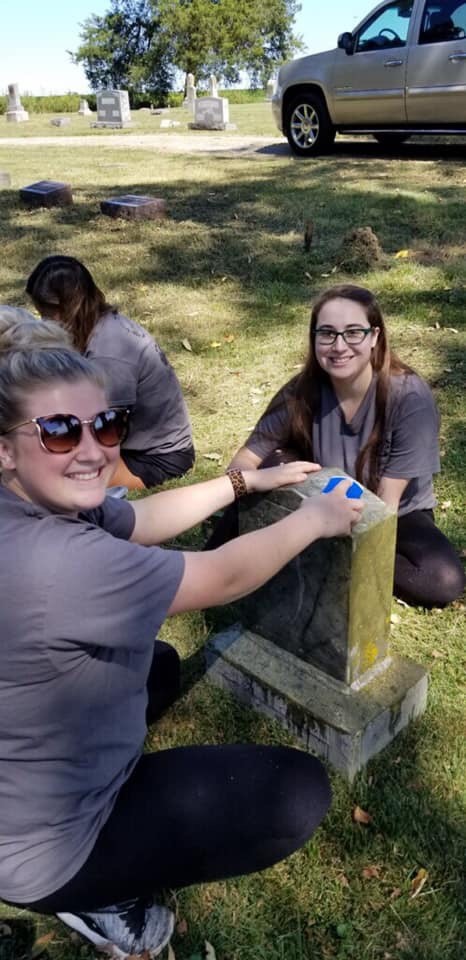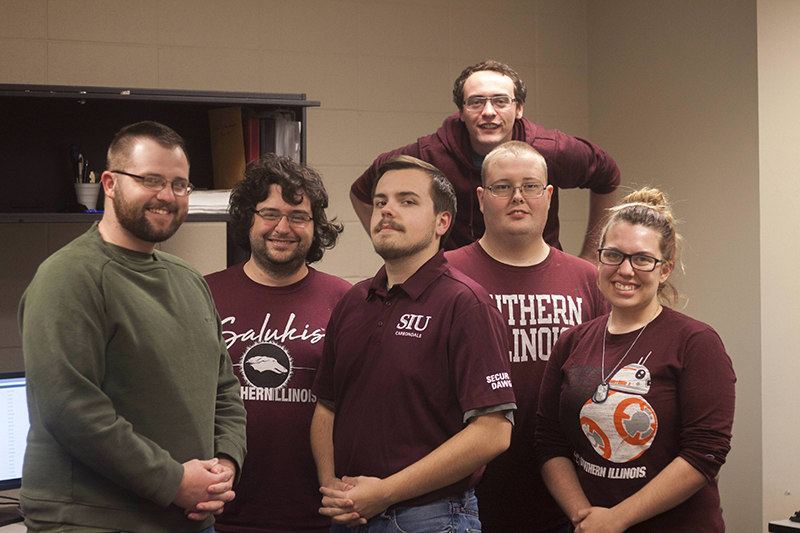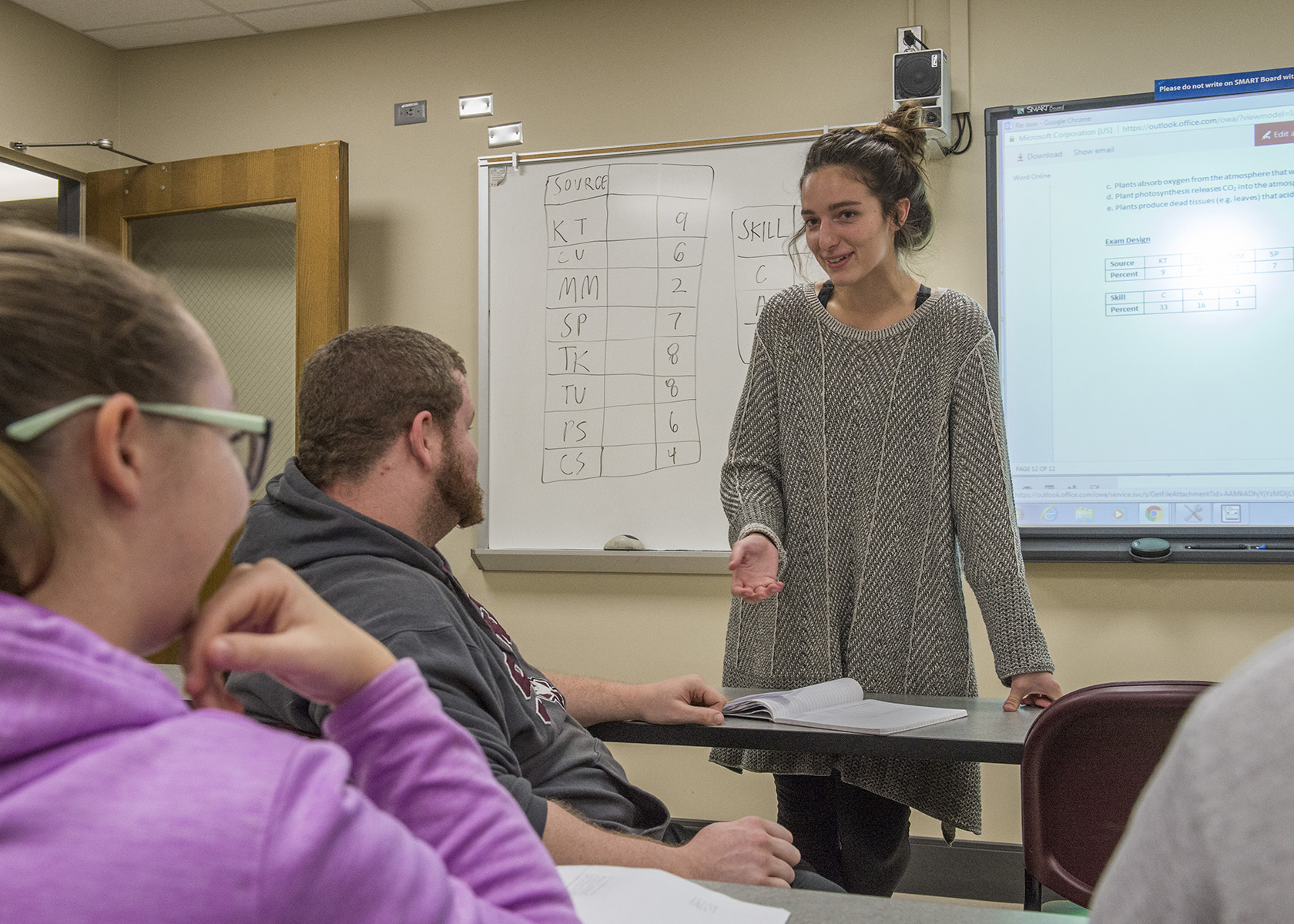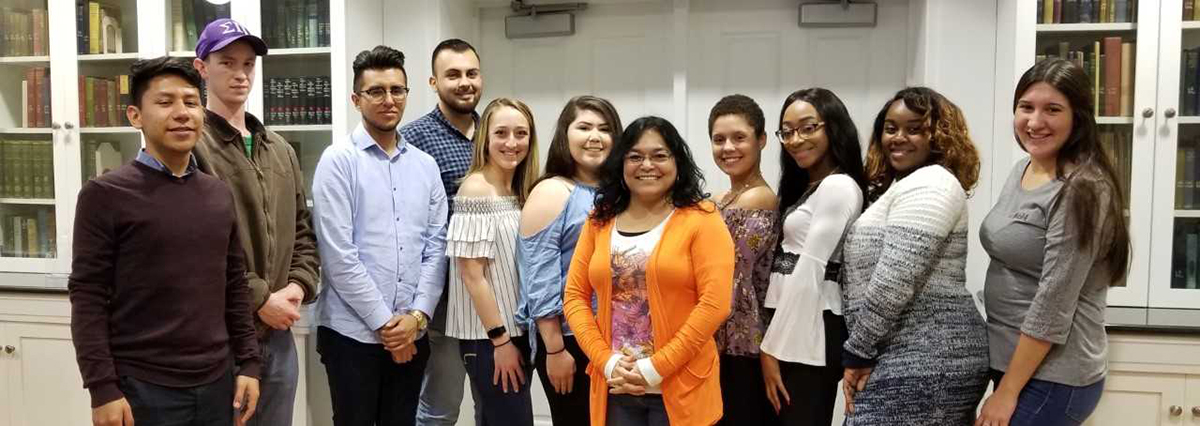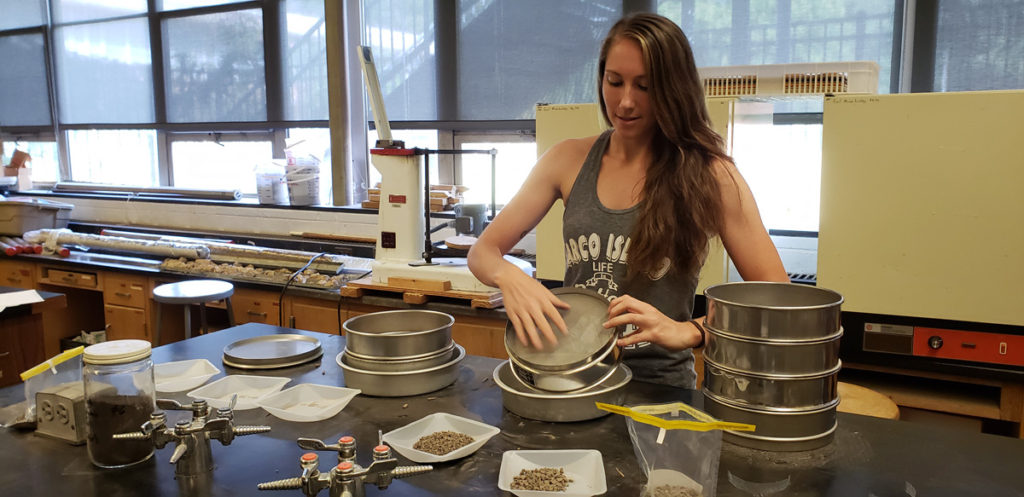
As the global need for food increases, researchers at Southern Illinois University Carbondale are hard at work finding new ways to make farm land more productive, while also making life easier for local farmers.
With a specific emphasis on soil carbon and corn production in a corn-soybean rotation, one team at SIU is examining tillage practices to determine the most effective ways to build soil carbon and increase crop yield. For forestry junior, Anastacia Hanauer, the goal of the project isn’t just focused on creating a higher crop yield, it’s also about saving time and money for farmers while improving the soil quality and reducing carbon footprint.
Increasing production while decreasing work
Led by Amir Sadeghpour, assistant professor of plant, soil and agricultural systems, the research starts with the 49-year-old no-till plot at the SIU Belleville Research Center. Working from the hypothesis that no-till practices increase soil carbon, the researchers are exploring whether that will translate into greater yield or profit compared to other tillage systems for growers.
The team has spent the last several months gathering soil samples, sifting and sorting the soil based on different sizes, harvesting corn and running statistical analysis. The goal is to determine if no-till practices improve soil quality, along with determining how profitable no-till is for local corn producers.
“Our research is trying to help improve soil quality while reducing carbon footprint and increasing growers’ profit,” Hanauer said.
Eliminating an expensive, labor-intensive step
Normally farmers have to break up the top soil layer of the ground through some form of tillage, and then plant their seed. This can be an extra, expensive step in the process, but if farmers don’t have to till,they can spend that money on more land, crops or labor.
“If our hypothesis is right that no-till creates a larger or equal yield compared to other tillage practices, farmers have less trouble and more time during the busy time of planting,” Hanauer said. “That’s the great part about it because it offers them opportunities to earn more money.”
The team is building the research with a long-term perspective, hoping to give farmers a valuable option for sustainable results.
REACH scholar
After attending a year at a junior college and then devoting four years to the U.S. Marines, Hanauer came to SIU with a readiness and passion to learn. She was a 2018 REACH Award recipient, and joined Sadeghpour in the no-till research project with the goal of developing as a researcher and expanding her education.
Although Hanauer’s major is forestry, the soil research relates to her area of study and helps prepare her for future, which she hopes includes a graduate degree program and then eventually more research work internationally.
“It’s great research,” Hanauer said. “I am getting the ability to see how research is conducted, which will help me in the future.”
While Hanauer’s part of the study concludes next summer, the no-till project continues as a several year, multi-level research focus involving SIU faculty and doctoral level students. Once completed, the goal is to make the research accessible to local farmers and crop scientists.


